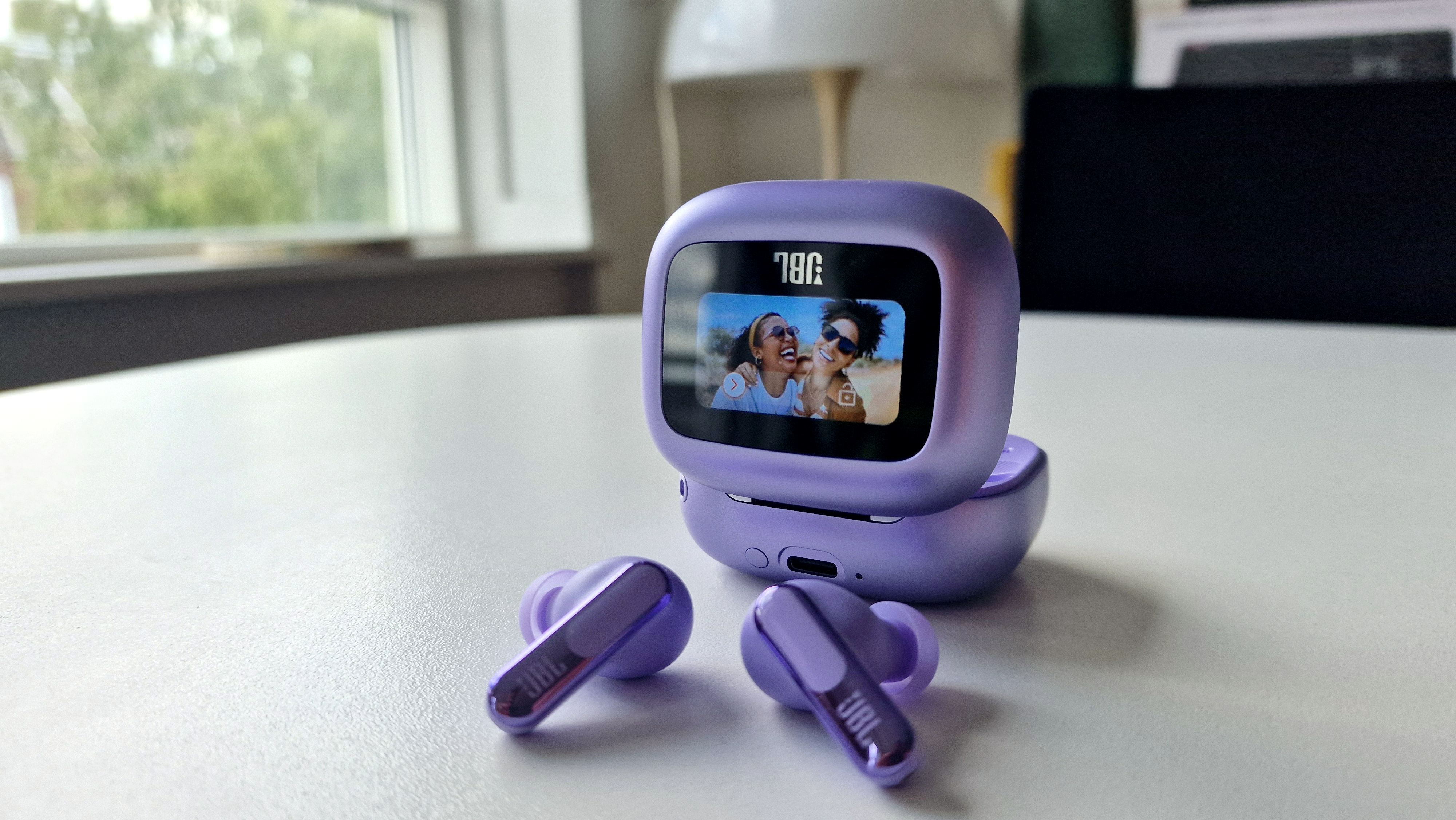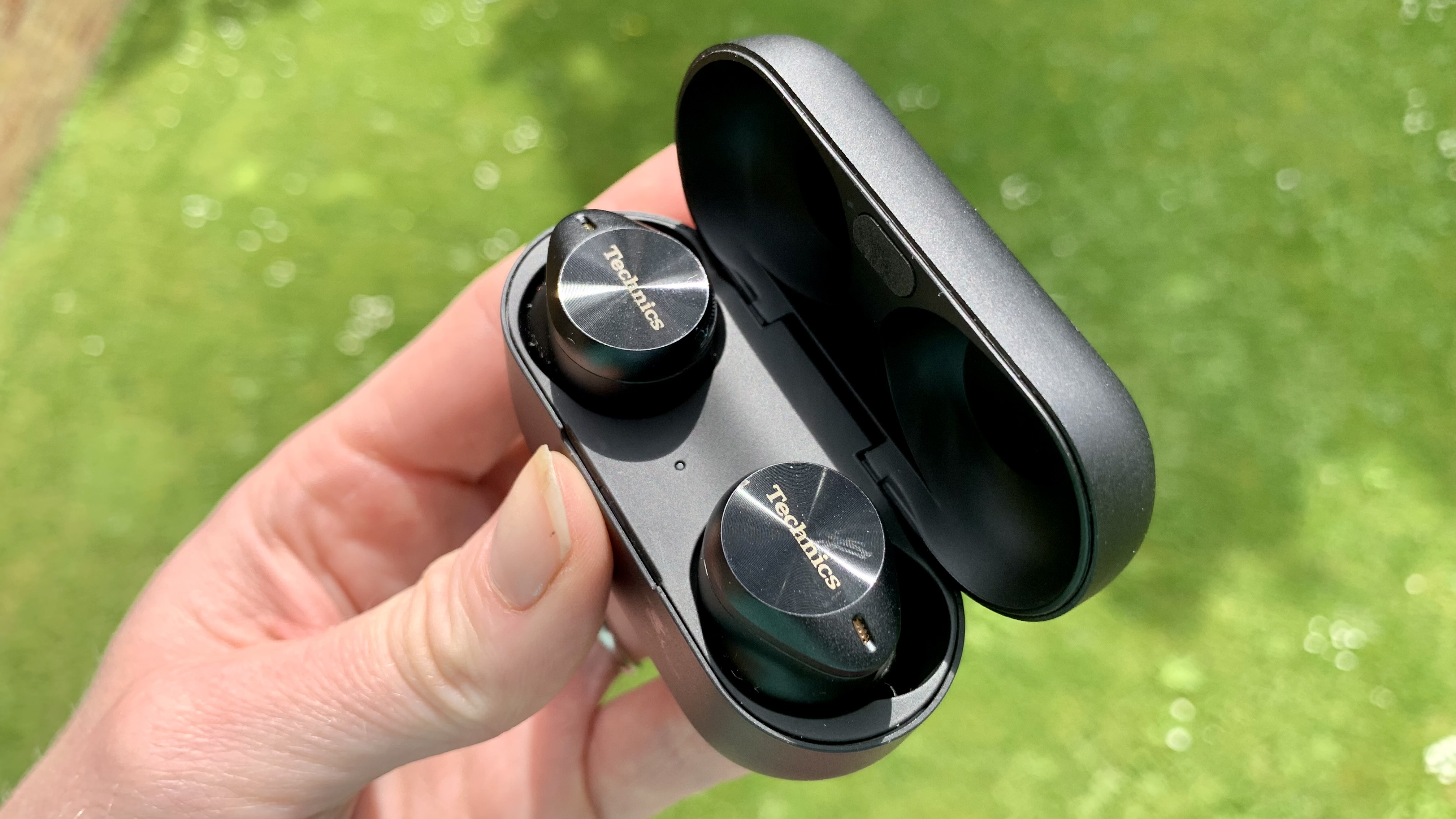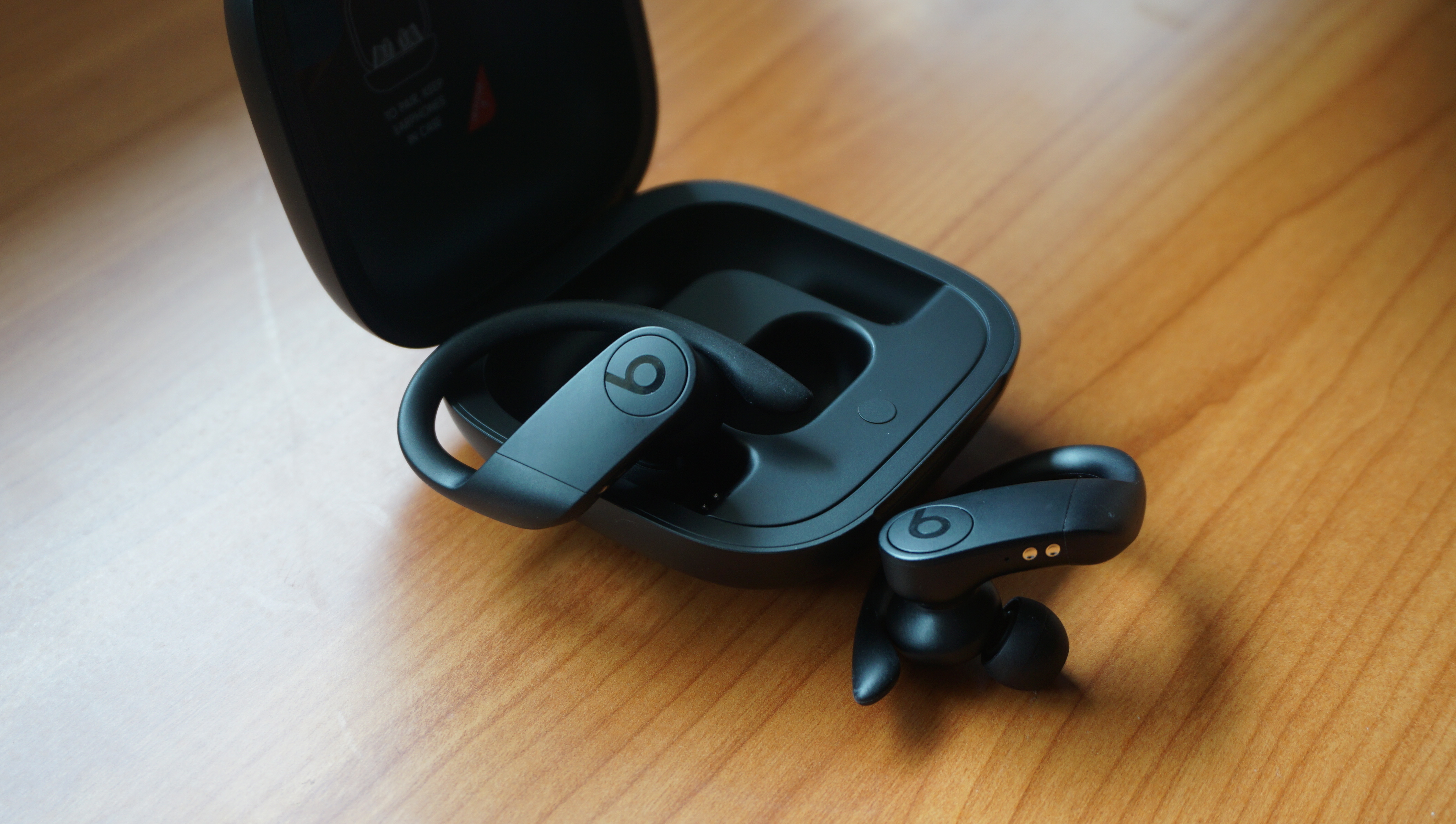The Apple AirPods 4 are, ahem, overdue. It’s been nearly three years since the launch of the Apple AirPods 3, yet at the time of writing, Apple hasn’t released any official details about their successors.
Fortunately, according to Bloomberg’s reliable Apple commentator, Mark Gurman, the wait might soon be over. He anticipates that the AirPods 4 will be released in September or October 2024. This prediction has sparked speculation about what the next generation of Apple’s true wireless earbuds might bring to the table.
We’ve already put together a comprehensive Apple AirPods 4 guide, covering every leak we’ve seen so far, every prediction, and everything we hope to see. In this article, we’ll dive deeper, not only outlining the features, tech specs, and design improvements we want from the AirPods 4 but also discussing the innovations Apple could “borrow” from rivals like Sony, Bose, and others to stay ahead in the competitive true wireless earbuds space.
1. Noise cancellation tech from Bose and Nothing
Table of Contents
If you want noise cancellation from a pair of Apple earbuds, you need to invest in a pair of Apple AirPods Pro (2019) or AirPods Pro 2. It might be that the regular AirPods will never get ANC, regardless of which version we’re talking about.
However, if Apple truly wants to elevate its regular AirPods, adding noise cancellation would be an excellent place to start – even the best budget earbuds from AirPods rivals are offering ANC, these days. But where should Apple draw inspiration from? When it comes to ANC, Bose is the undisputed leader. Our review of the Bose QuietComfort Earbuds 2 awarded them a perfect 5 out of 5 stars, praising their “best-in-class noise cancellation.” The newer Bose QuietComfort Earbuds Ultra buds continue this legacy, with our review stating they are “still the best ANC in the business.”
It’s important to note that these Bose earbuds come with a premium price tag, higher than what we expect for the AirPods 4. However, ANC is no longer a feature exclusive to high-end earbuds. Today, some of the best noise-cancelling earbuds are available at mid-range, and even budget, price points.
A great example is the Nothing Ear (a) buds. While they don’t match Bose’s noise-cancelling performance, they still offer an immersive experience at nearly a third of the price of the QuietComfort Ultra. This demonstrates that Apple should be able to incorporate ANC into the next generation of AirPods, even if they aren’t part of the pricier Pro lineup.
2. Better battery life from Earfun and JBL

The AirPods 4 are expected to feature Apple’s latest H2 chip, which powers the AirPods Pro 2. If that’s the case, we might see not only improved sound quality through advanced computational audio but also a boost in battery life – both of which would be highly welcome upgrades.
When testing Apple’s earbuds for our AirPods 3 review in 2022, we rated their battery life as good. The earbuds offered up to six hours of listening time, with an additional four charges from the case, totalling up to 30 hours. While this was impressive at the time, fast-forward to 2024, and that performance is now average at best. While it’s still standard for many ANC earbuds, the AirPods 3 are beginning to lag behind some of the competition, especially when noise cancellation is turned off. This makes a battery life improvement a key expectation for the AirPods 4.
As with ANC, good battery life is no longer exclusive to premium earbuds. In fact, many affordable and mid-range options excel in this area. Take, for example, the Earfun Air Pro 3, which offer 9.5 hours of playback from the earbuds themselves and 36 hours total with the case. Or consider the JBL Live Beam 3, which boast an impressive 12 hours of battery life in the buds and up to 48 hours with the charging case.
The Apple AirPods 4 are likely to be better all-rounders, especially for iPhone owners, and battery life doesn’t need to be their primary selling point. However, Apple can certainly take cues from these rivals and aim for a significant battery life boost to ensure they remain competitive in the market.
3. Enhanced fit and comfort from Bose, Sony and Technics

Taking cues from the likes of the Bose QuietComfort Earbuds 2, Apple should enhance the design, comfort and fit of the AirPods 4. In our review of the AirPods 3, we praised their design, noting that it was a significant improvement over previous versions. The shorter stems and contoured shells made for a more comfortable fit, and we hope the AirPods 4 continue this trend with further refinements.
While the AirPods 3 were comfortable, they lacked the security needed for more vigorous activities. In our review, we mentioned: “We took them out on a light jog, and while the AirPods didn’t fall out of our ears, we wouldn’t be willing to bet our lives on them staying put through a more vigorous workout.”
A straightforward solution would be to tweak the design of the AirPods to include interchangeable ear tips, which would also be essential if ANC is introduced to ensure a proper seal. Most other brands already offer earbuds with customizable ear tips, like the Bose QuietComfort Earbuds 2 and the Technics EAH-AZ80. The Bose earbuds take it a step further and come with a selection of ear tips and stability bands to guarantee a secure and comfortable fit.
By incorporating these design elements, Apple could significantly improve the fit and comfort of the AirPods 4, making them not only more comfortable but also more secure for a wider range of activities.
4. Hi-res audio support from Nothing, Samsung and Sony

The AirPods 3 only support the SBC and AAC codes. Which means there’s no hi-res audio. And although Apple Music has spatial and lossless audio support, it still has the old wireless audio codec AAC. This puts the AirPods 3 at a distinct disadvantage to other rivals, as a lot of audio lovers want hi-res audio.
Apple should learn from Sony and its earbuds – most recently the Sony WF-1000XM5 – and create a codec like Sony’s LDAC. LDAC enables high-resolution audio over Bluetooth, bringing listeners closer to studio-quality sound on the go. By developing a similar codec, Apple could offer a more competitive product in the wireless earbuds market.
High-res audio support isn’t just reserved for premium devices. The Nothing Ear (a) also feature LDAC hi-res audio support. And Samsung users get hi-res support from the Samsung Galaxy Buds 2 Pro. To remain competitive, it’s time for Apple to elevate its audio game by supporting a better codec for the AirPods lineup.
5. A more workout-friendly build from Beats, Samsung and Sony

Enhancing comfort and stability would significantly increase the appeal of the Apple AirPods 4 as workout-friendly earbuds. Another crucial improvement would be to upgrade their water-resistance rating. Currently, the AirPods 3 have an IPX4 rating, which offers basic protection against sweat and light splashes.
However, Apple could take these a step further by improving both water and dust resistance, making the AirPods 4 a more appealing choice for fitness enthusiasts and outdoor users. While the AirPods are designed to be versatile all-rounders, and we wouldn’t expect them to rival the most dedicated fitness earbuds, there is room for improvement here.
For instance, the Samsung Galaxy Buds 2 Pro come with an IPX7 rating, meaning they are more water-resistant and can be submerged in water up to 1 meter deep. Similarly, the sport-focused Sony WF-SP800N boasts an IP55 rating, offering superior protection against water and dust compared to the current AirPods. Additionally, Apple’s own Beats PowerBeats Pro also feature an IPX7 rating, highlighting the potential for the AirPods 4 to adopt similar features to cater to more active users.

























